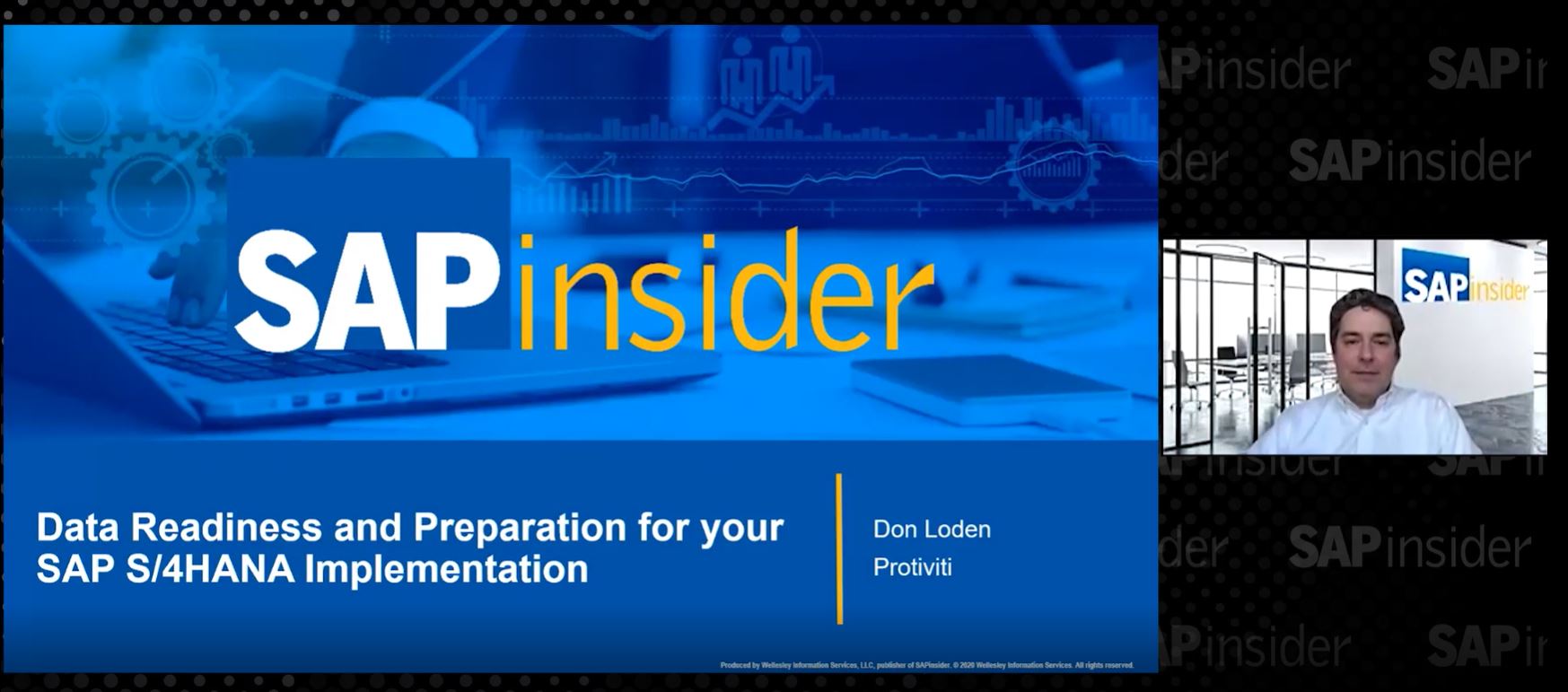How Sports Data Helps Drive Business Success
Meet the Experts
Key Takeaways
⇨ Organizations must find input metrics that are predictive of output metrics.
⇨ One data stream isn't sufficient to make a good decision.
⇨ Data must be provided with context to be properly understood.
During the day 2 keynote of SAPinsider 2024, attendees heard from Executive Chairman of Catapult Sports Adir Shiffman, about how sports teams worldwide are using data to keep players healthy, maximize performance, drive decision making, and help win championships. What made the conversation relevant to attendees, was that Shiffman provided examples of how businesses can use the same techniques within their own organizations. Achieving this is about understanding the right data to capture, and then extracting the most valuable, actionable insights.
One of the main goals for any sports team is to avoid injuries to athletes. The two types of injuries that athletes incur are soft tissue injuries and impact injuries. Since impact injuries are almost impossible to predict, Catapult Sports focuses on predicting soft tissue injuries. However, an injury is an output metric and that is typically hard to measure, so it is important to find input metrics that are predictive of those output metrics. With the right input metrics, teams can make informed decisions about when to play or rest the athletes.
This same methodology can be applied to business data. For example, in a consumer e-commerce business it is difficult to link brand advertising to sales. While pressure is typically applied around sales, the output metric, it can be far more beneficial to focus on brand searches, the input metric. Just as in sports, focusing on the input metrics is crucial if the organization is to drive better output metrics.
However, there is often significant friction between having data and individuals that have significant experience or expertise. This is because those with expertise often do not want to accept the conclusions drawn from examining the data. The way to overcome this friction is for both sides to respect each other. Data alone will not provide all the answers, but it will provide deep insight and context. Those with experience and expertise cannot be dismissive of the data or they will be beaten, in a sports context, by those that know how to use it.
In another sports example, one data stream isn’t enough to be able to understand what is going on. For example, looking at the video of a player’s performance from a specific play can only provide so much information on the performance in that play. One good data stream may be better than having no information, but it is still just one data stream. Organizations need to source other data streams before they can make a more informed decision.
The last point Shiffman made was about how to contextualize data for more senior members of organizations. An analyst or data scientist may have great information, but providing that to a coach without context means the coach doesn’t understand the context behind the data and h doesn’t understand the true value of the data. What is important is providing the story, or the context, in a way that matters. The lesson is that to communicate what matters it is necessary to tell a compelling story.
In many organizations, there is corporate wisdom that people generally believe is true and make decisions based on that wisdom. This happens when an organization thinks they know which metrics are the most important in decision making. However, this usually means that the metrics are not fully understood. It is possible to overlook important information because accepted truths are used that aren’t being questioned. This is where the data itself is not providing the solution, but what is correlated with that data that provides the ultimate benefit.








